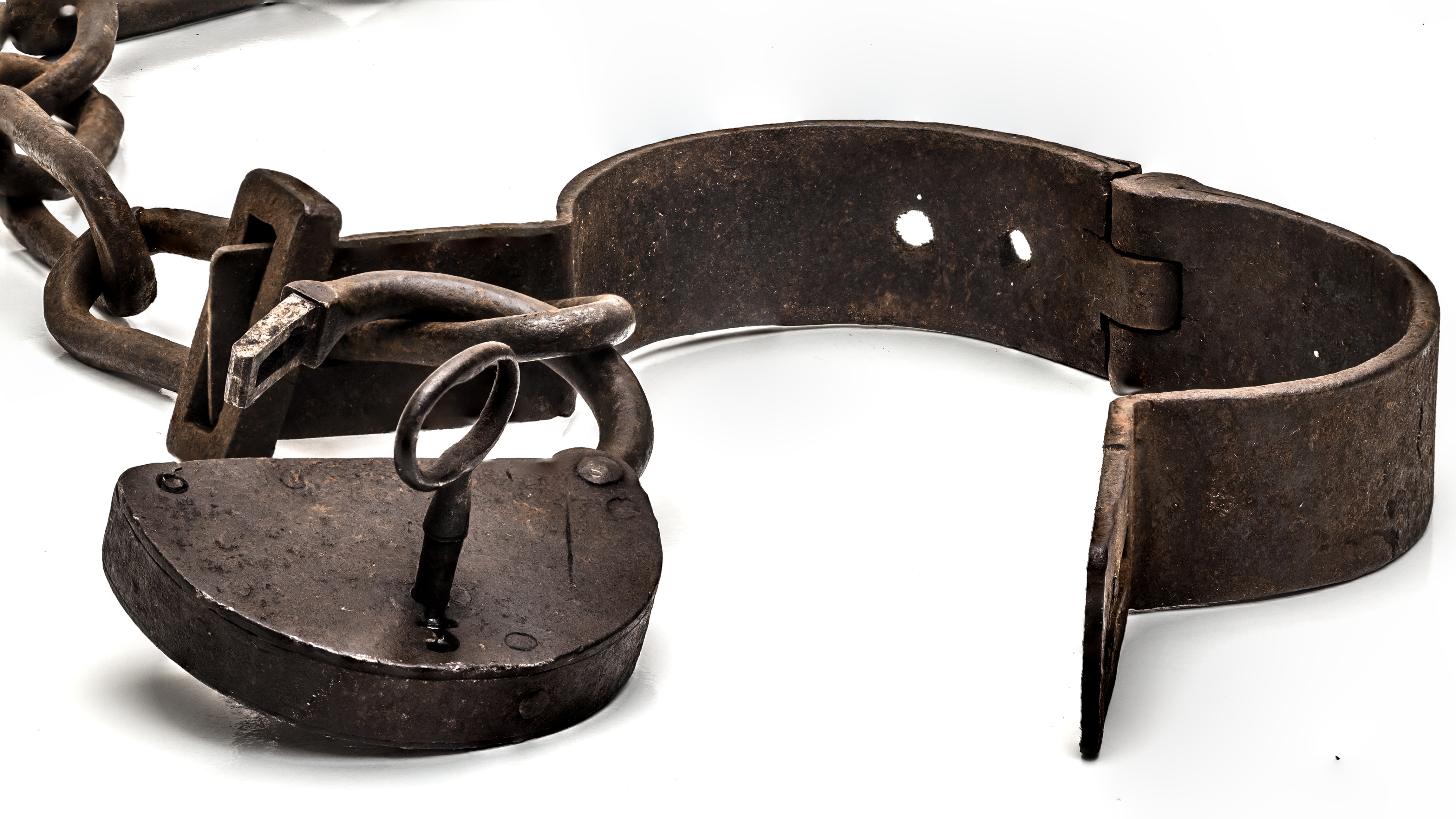
Bound for the Promised Land: Harriet Tubman: Portrait of an American Hero, by Kate Clifford Larson provides the first adult biography of Harriet Tubman published since 1943.
I read the book after watching the new movie Harriet. I heartily recommend both the book and the movie. If you want to add another hero to the list of people you admire, check out the life story of Harriet Tubman.
There are lots of reviews of the movie and book. This post will not be a review of either the book or movie. Only direct comment I’ll make on the book is that after self-liberating from slavery, Harriet Tubman made about 13 trips back to the eastern shore of Maryland to help about 70 other slaves escape. She liberated most of her family, missing only her remarried husband and a few nieces and nephews if I recall correctly. She also gave detailed instructions to around 50 other slaves so they could escape on their own (location 154).
Instead this post will focus on one aspect of slavery covered in the book, specifically the price of slaves on the eastern shore of Maryland in the years prior to the civil war.
Why discuss the price of slaves?
It is rather grim, macabre almost, to spend time describing the pricing structure for buying and selling human beings. I pondered whether it was appropriate to dive into such a dark topic.
I concluded it is in fact fitting and proper to discuss the sales price of slaves. This is in the same category as displaying photographs of slaves with large number of long and deep scars on their back from being whipped. This is in the same category as displaying photos of skeletal adults in the Nazi concentration camps.
It is proper to discuss slave prices as a reminder of the brutality and barbarity that existed in the United States. It is a valuable reminder of the horrors of slavery and why a brutal Civil War was necessary to finally remove slavery from the south.
Manumission
The concept of a slave owner releasing a slave from slavery is called manumission.
This was a big deal, requiring that the release be recorded at the County Courthouse. Since slaves were personal property and quite valuable (remember I said this would be a dark discussion) the release had to be officially recorded.
This was important because official records were necessary to release the slave owner from responsibility for caring for the slave and also to provide the slave proof that the person was no longer under bondage.
Slave owners were responsible for the feeding and care of slaves until they died. Some slave owners granted manumission when a slave was hurt or too old to work.
The problem then arose of slave owners granting manumission to avoid the cost of having to support slaves who could no longer work. To prevent slave owners from essentially dumping their retirement obligation onto the county, the Maryland State Legislature passed a law in 1752 to prohibit manumission unless a person was both able-bodied and under age 50 (location 303). The law was later changed to a cut off of 45 years of age.
By the way, so others may backtrack my comments, I’ll list the location in the Kindle edition of the book for several of the specific comment.
Next post: Term slave and status of children
Following posts: